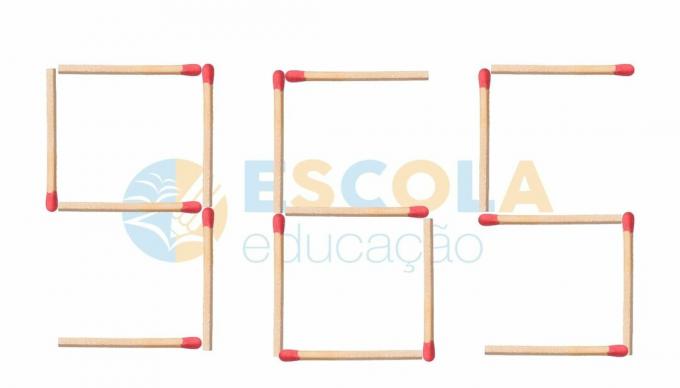Let the set of real numbers (R) result from the meeting of the set of rational numbers (Q) with the irrational ones (I), then we say that the rationals is a subset of the reals, A: Q ⊂ R. certain subsets of R they can be represented by interval notation, both algebraically and geometrically.
Look at the examples:
The range of real numbers between -5 and 0.
The geometric representation of this interval on the number line:

Note that at the extremes - 5 and 0 we use the open ball (o), which means that the numbers - 5 and 0 are not part of this range. Therefore, the range is open. The algebraic representation of this range can be: {-5 < x < 0} or ] -5, 0[
The indication – 5 < x < 0 is the grouping of x > - 5 and x < 0.
The range of real numbers between ½ (including ½) and 1.

Note that the extreme ½ belongs to the range, so we use the closed ball, so the range is closed on the left.
The algebraic representation of this interval can be: {x 0 ε R/ ½ < x < 1} or [½, 1[
However, if the interval were {x ε R/ ½
< x < 1}, that is, if the two extremes belonged to the range, then it would be closed interval.The range of real numbers greater than –1.

The algebraic representation: { x ε R/ x > - 1} or] - 3, + ∞ [
In this case, we say that it is an open ray with origin at -1.
The symbol ∞ represents infinity.
Therefore, the range in which + ∞ appears is open to the right, and the range in which - aberto appears is open to the left.
by Camila Garcia
Graduated in Mathematics

